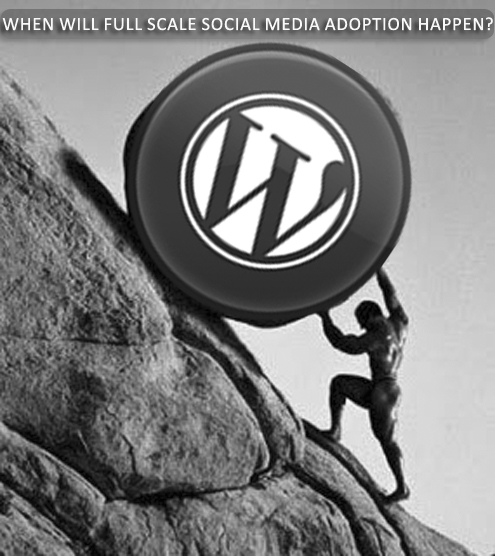
Social is here to stay. Yea I know, understatement of the year right? Businesses are starting to realize and understand that social provides or could provide another way to extend brand identity and establish a better connection to internal and external communities. Social is enhancing personalized interactions. But it’s also creating new found risks that old school solutions aren’t prepared to deal with.
Social media is altering the how, the when, the why and the who in companies large and small. In a spin on former NBA player Allen Iverson’s famous diatribe on the value of practice, We’re not talking about practice we’re talking about a game…
The new reality is that customers don’t shrug their shoulders and sigh when they are mistreated by a companies shoddy customer service. They load up and they fire back with both barrels. And in some cases they don’t let up, they mobilize others who have been treated the same way and then in a twist, others pile on.
What social has done is it has highlighted the significant risks and the serious damage to a companies reputation that can occur when brands either choose to ignore or are caught completely unaware of attacks to their reputation both internally and externally by both employees and customers.
Shape your company’s influence and don’t be influenced by your company’s ignorance or naivete.
Companies shouldn’t be forced into a proactive approach to anything. In the case of social media risk mitigation-ideally you want to be able to shape your influence and not be influenced by your ignorance …Organizations need to be able to control and counteract how their company is portrayed or might be perceived on the social web, if it’s damaging in any way, shape or form… This requires that companies are agile and able to create internal social reputation management plans and policies that address what detractors to a company’s site might say, what a company’s rogue employees might share with others on other sites, and most significantly, what things are said about your company on other sites that you are completely unaware of.
Does this sound like a plan?


